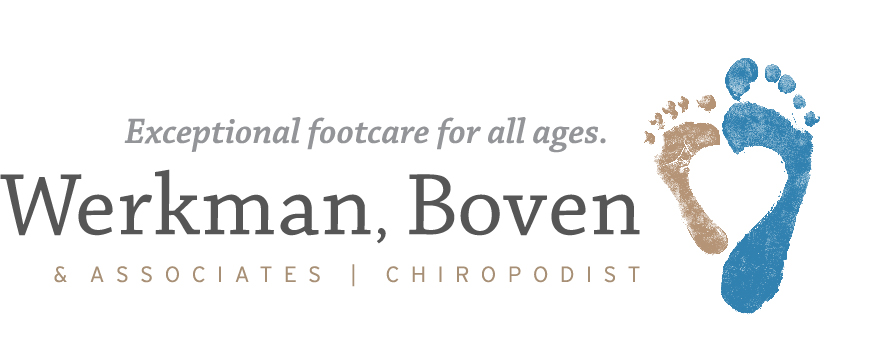Foot Related Treatments
Custom-Made Orthotics
or•thot•ics
Specialized mechanical devices to support or supplement weakened or abnormal joints or limbs.
What is an orthotic?
Biomechanical orthotic devices are custom-made insoles that fit inside your shoes to control the way your foot functions and help them perform at their peak efficiency. Although they resemble arch supports, true orthotics do not work on the principle of simply supporting the arch. Instead, orthotics realign the foot by applying corrective pressure where it is needed.
An orthotic is custom designed and manufactured specifically to your foot’s needs to control its mechanics and alleviate pain from:
- Arthritis
- Joint pain
- Fallen arches
- Heel spurs
- Bunions
- Sports injuries
We create custom orthotics for everyday wear as well as for sports and activities to control the pronation or supination of your foot.
What are pronation and supination?
In simple terms, pronation is the flattening out of the arch when a person’s foot first strikes the ground. This motion acts as a significant shock absorber for the body. An average person’s foot will pronate from when the heel hits the ground until before the heel lift.
Supination is the opposite motion of pronation. It allows the foot to be a more stable, rigid structure for when we push off. An average person’s foot will supinate before heel lift until the foot strikes the ground again.
The truth is that we all pronate and supinate. Problems arise when there is too much motion for an improper duration of time.
Orthotics control the foot’s range and speed of motion. The muscles that counteract the range of motion work overtime when a person overpronates or over supinates. This excess muscle contraction increases tissue stress leading to inefficiency and fatigue. A foot with the proper biomechanics is much more efficient, requires less energy, and works pain-free.
Some of the consequences of improper foot mechanics include:
- Plantar fasciitis (heel pain)
- Morton’s Neuroma (pain or numbness in the toes)
- Tendonitis
- Bunions
What are the different types of orthotics?
There are two types of orthotics that can be designed based on your foot’s needs.
- A functional orthotic: designed to control or limit abnormal motion in the foot
- An accommodative orthotic: designed to cushion and to redistribute areas of high pressure on the bottom of the foot
Are there orthotics for kids?
Any walking child may benefit from orthotics if compensating for a foot deformity such as flat feet or in-toeing. Orthotics can:
- Correct, control or compensate for a bone deformity or soft tissue ailment
- Improve foot and leg function
Just as prescription eyeglasses come in different styles and corrections, so do custom orthotics. By controlling foot function, accommodating deformities and other anomalies, the foot will be given a chance to grow correctly.
What documents might my insurance require?
As standard practice, we provide our patients with all necessary paperwork required by insurance companies for reimbursement, including:
- An official receipt issued by the dispensing practitioner showing:
- The name and address of the provider and registration number
- A detailed description of the type of orthotics provided
- A breakdown of charges for the orthotics
- The date of full payment for the orthotics
- The date the product is received
- A prescription written by the chiropodist indicating the patient’s diagnosis and showing why the orthotics were medically necessary
- A detailed biomechanical examination & gait analysis performed with details of the casting technique used
- A detailed report from the accredited lab confirming method in which the orthotics were manufactured and raw materials used
Talk to us about your foot care needs. Schedule an appointment today!
Articles of Interest
Step into Spring with Custom-Made, Prescription Orthotics
As spring breathes new life into the world, we .....
Custom-Made Prescription Orthotics for Happy, Healthy Feet
Do you often find yourself experiencing discomfort or pain .....
Don’t Live with Foot Pain
What are the specifics causing your foot pain? .....

